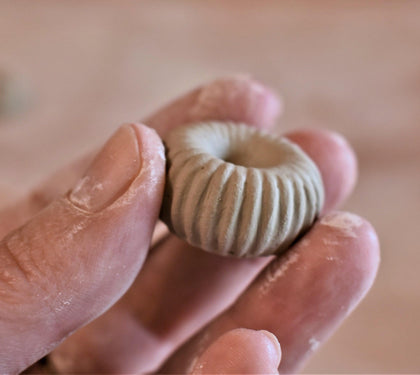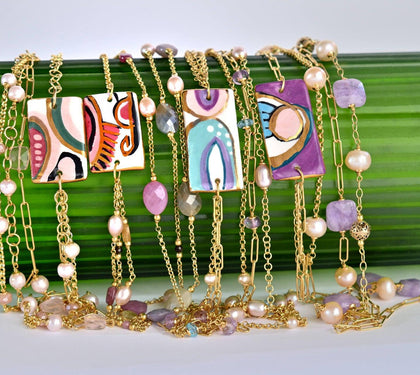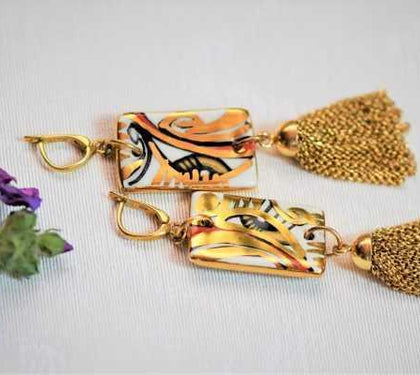The discovery
In the shadow of Mount Kilimanjaro, in the Lelatema Mountains, in the Merelani area of northern Tanzania, just south of Arusha National Park, Manuel De Souza discovered a zoisite gem in 1967 which, in 1969, the famous New York jewelers Tiffany & Co. called tanzanite and launched it on the market, soon enjoying incredible popularity.
The size of the mining area is truly tiny: being only about 3 kilometers wide and about 8 kilometers long. This narrow rectangular area is divided into four "blocks", with blocks A, B and D reserved for artisanal miners, while the large mine is located in block C.
Tanzanite mines have been nationalized and surrounded by a wall so that there is only one way in and out of the site in Tanzania's Merelani Hills: a secure checkpoint through which every stone will have to pass.
The government, in fact, wanted to ensure that the people of Tanzania were the first to benefit from the miracle of nature found beneath its soil. They wanted to make sure that global trade in the gem was fair, safe and legally correct. These mines are still the only tanzanite mines in the world.
Features
Although naturally reddish-brown, this variety of transparent zoisite achieves a beautiful stable blue to purple color with heat treatments (Typically, they are heated to around 500-600°C). In general, tanzanites that show more blue are valued higher than those that show more purple. Medium dark colors are ideal. Custom cuts add value. As always, size and clarity have a strong effect on prices.
In natural light, tanzanites can appear an almost sapphire blue. In fluorescent light, they may appear more purple or similar to amethyst. When grading white diamonds, the whiter the stone, the higher the value. Conversely, when it comes to colored gemstones, the more intense or saturated the color, the rarer the stone and the higher its value. Tanzanite has what many would consider the best blue hue in the gemstone world.
Good quality tanzanite has a deep royal blue or purple color. Colors range from rich royal blue or vibrant purple to lighter shades.
The depth of color, or tone, in a tanzanite gemstone refers to the lightness or darkness of the stone and ranges from Intense (AAA+) to Faint (A). The tone saturation of the stone is often considered the most important factor in grading tanzanite.
Naturally trichroic, these gems can display blue, red-purple, and yellow-green colors when viewed through each of its three crystal axes.
To date, there are no synthetic tanzanites on the market, although some imitations exist.
Hardness is a commonly cited physical quality for gemstones, and those that rank high on the Mohs scale, such as diamonds, rubies, and sapphires, are valuable choices for jewelry. Tanzanite falls between 6.5 and 7 on the scale, however, a high Mohs score does not make the gemstone indestructible. Hardness, in fact, is the ability to resist scratches and nothing else. Gemstones may, in fact, have inclusions and incipient cracks that could have unfortunate reactions to heat or mechanical cleaning.
We recommend consulting the page care and maintenance tips .




